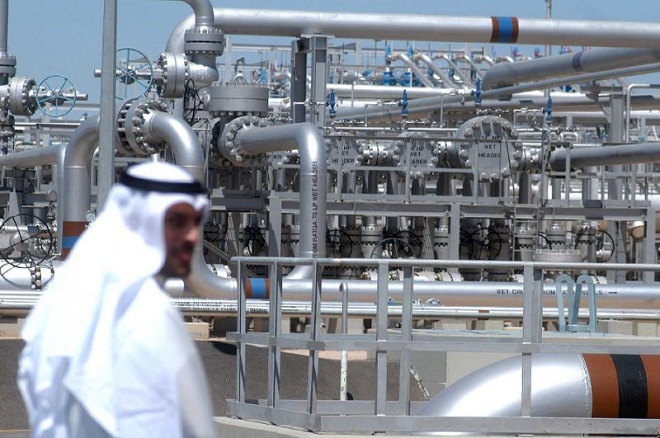
Riyadh, Saudi Arabia | AFP |
Saudi Arabia said Monday it would create the world’s largest wealth fund and sell shares in state energy giant Aramco as it unveiled a vast plan to transform its oil-dependent economy.
The announcement of the long-term reform programme, dubbed “Saudi Vision 2030”, marks the beginning of a hugely ambitious attempt to move Saudi Arabia beyond oil, the backbone of its economy for decades, amid a steep fall in prices.
The key architect of the diversification plan, deputy crown prince Mohammed bin Salman, said that if it works Saudi Arabia “can live without oil by 2020”.
In an interview with the Saudi-owned Al-Arabiya news channel after the government approved the programme, the 30-year-old prince outlined a series of measures aimed at reshaping his desert kingdom’s economy.
“We have all developed an oil addiction in Saudi Arabia and this is dangerous and has hampered development in many sectors during past years,” he said.
Mohammed said part of the plan is “to sell less than five percent of Aramco” in an Initial Public Offering (IPO), valuing the company at between $2 trillion and $2.5 trillion.
By “selling even one percent of Aramco, it will be the largest IPO in the world”, he said.
Part of the funds from the share sale, Mohammed said, will be used to set up a $2-trillion sovereign wealth fund, which would easily surpass Norway’s $865-billion fund as the world’s biggest.
‘Largest on the planet’
SWFs are used commonly as investment arms for oil-dependent nations seeking to diversify revenue streams, and are among the world’s largest institutional investors.
With so much capital on its hands, the Saudi SWF would make Riyadh one of the single most important global investors.
It will be “by far the largest on the planet”, Mohammed said. “There will not be any investment or development in any region of the world without the Saudi sovereign wealth fund having a say.”
The fund will include current Saudi fiscal assets of around $600 billion, as well as returns from the sales of Aramco shares and state-owned real estate and industrial areas estimated to be worth $1 trillion, Mohammed said.
The reform programme was approved by the government during a special cabinet meeting chaired by Mohammed’s father King Salman, who urged Saudis to support the “ambitious plan”, the official SPA news agency reported.
It is also to include major structural reforms, privatisations and efforts to increase government efficiency, the prince said.
For decades Saudi Arabia, the world’s biggest crude exporter and the largest economy in the Arab world, has enjoyed a huge windfall from its massive and easily exploitable oil reserves.
Flush with oil revenues, the nation has built up enormous fiscal reserves and provided its 28 million citizens with a generous system of public employment, welfare benefits and subsidised utilities.
– Pressure from price fall -But analysts have long warned that the Saudi system, which counts on oil for 70 percent of state revenues, is deeply bureaucratic and inefficient, leaving the economy vulnerable.
And the recent dramatic fall in oil prices — from more than $100 a barrel in early 2014 to around $40 a barrel this month — has underscored the dangers.
Riyadh posted a record budget deficit in 2015. With another $87-billion shortfall projected for this year, the government took the unprecedented step of raising retail fuel prices by up to 80 percent in December and cutting subsidies for electricity, water and other services.
Cracks have begun to appear in the tightly controlled kingdom, with increasing criticism on social media from Saudis concerned over the hit to their wallets.
On Saturday, King Salman sacked the water and electricity minister, Abdullah al-Hussayen, who had drawn criticism for his handling of price increases, including a suggestion that citizens upset over high water bills dig their own wells.
Saudi fiscal reserves also dropped to a four-year low last year, down from $732 billion in 2014 to $611.9 billion.
Still, Saudi Arabia’s reserves remain among the largest in the world, tempering any concerns about the economy’s short-term viability.
And the fall in oil prices is largely due to OPEC kingpin Saudi Arabia’s own refusal to cut production as it seeks to drive less competitive players out of the market, in particular US shale producers.
 The Independent Uganda: You get the Truth we Pay the Price
The Independent Uganda: You get the Truth we Pay the Price


